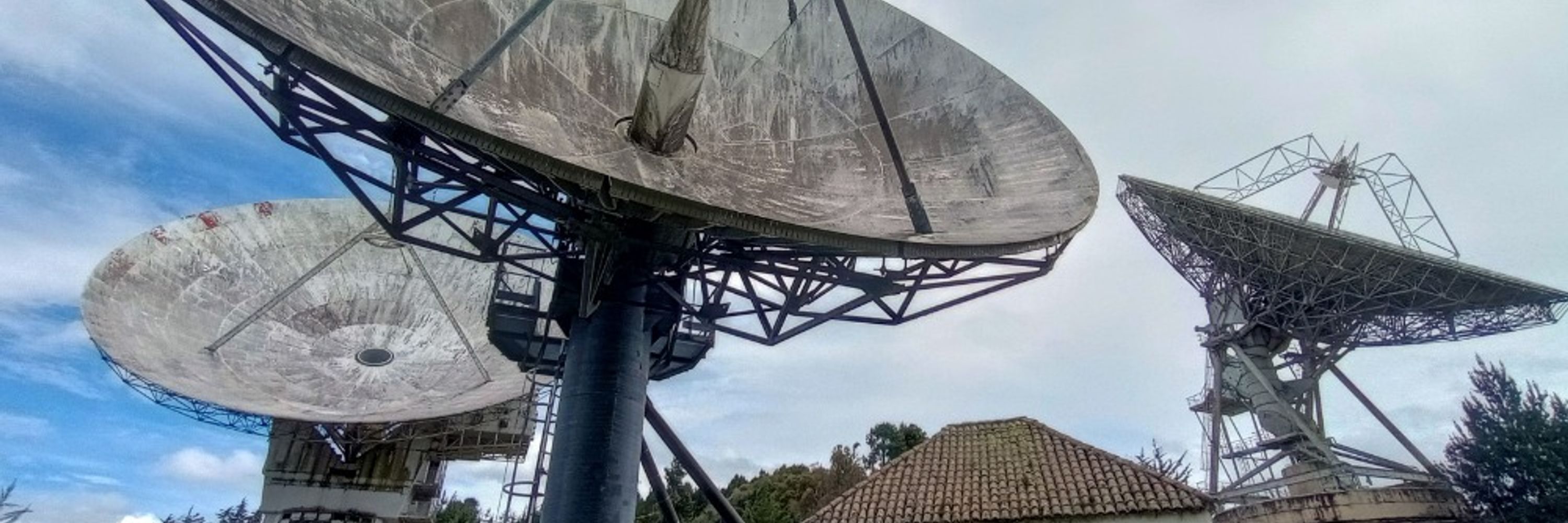

(i) Cold, COM-poor sources
(ii) Warm, medium-COM-abundance sources
(iii) Hot, COM-rich sources
These groups hint at different evolutionary stages in massive star formation.

(i) Cold, COM-poor sources
(ii) Warm, medium-COM-abundance sources
(iii) Hot, COM-rich sources
These groups hint at different evolutionary stages in massive star formation.







